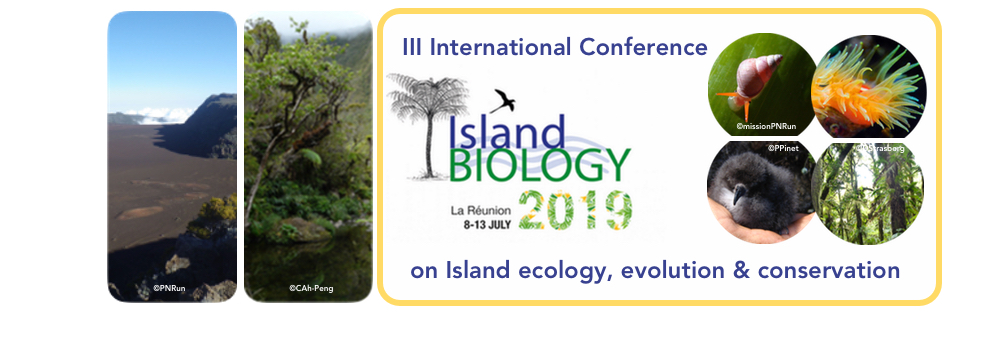Individual variation has been identified within a broad range of taxa as key to understanding ecological, evolutionary and conservation outcomes, but there remains limited information on such variation among invasive individuals. Invasive species remain one of the most critical threats to a wide range of island biota and communities, and such differences among individuals can have important consequences for determining variation in the impacts and fitness of invaders in novel environments. In addition, understanding such impacts would provide important insights to guide management actions. Using a natural experiment across islands invaded by different species assemblages within the Hauraki Gulf, NZ, we determined the extent and covariance of individual variation across dietary and behavioural traits in two invasive rat species in the wild. This allowed us to explicitly test how both competition (between rat species) and predation (by invasive cats when present) modulate invasive individuals' behavior and ecology. In addition, this enables the identification of trait combinations, i.e. individual phenotypes, that result in individuals disproportionately affecting native biota. We found substantial behavioural differences among individual rats both within and between species; and within and between island locations. However, relationships between behavior and diet were complex and varied between locations, potentially mediated by density-dependent effects. These results have important implications for the theoretical understanding of the individual niche, and for applied management. They highlight how conservation actions may be triaged, particularly in situations where eradication is not currently feasible, to ensure maximum effectiveness through adapting control strategies to target those individuals that pose the greatest potential risk.

|
|
|
|
Individual variation in invasive island predators: consequences and management implications
1 : University of Exeter
(UoE)
Penryn Campus Penryn Cornwall TR10 9FE -
United Kingdom
2 : University of Auckland
(UoA)
* : Corresponding author
School of Biological Sciences Auckland -
New Zealand
|
| Online user: 61 | RSS Feed |

|
 PDF version
PDF version